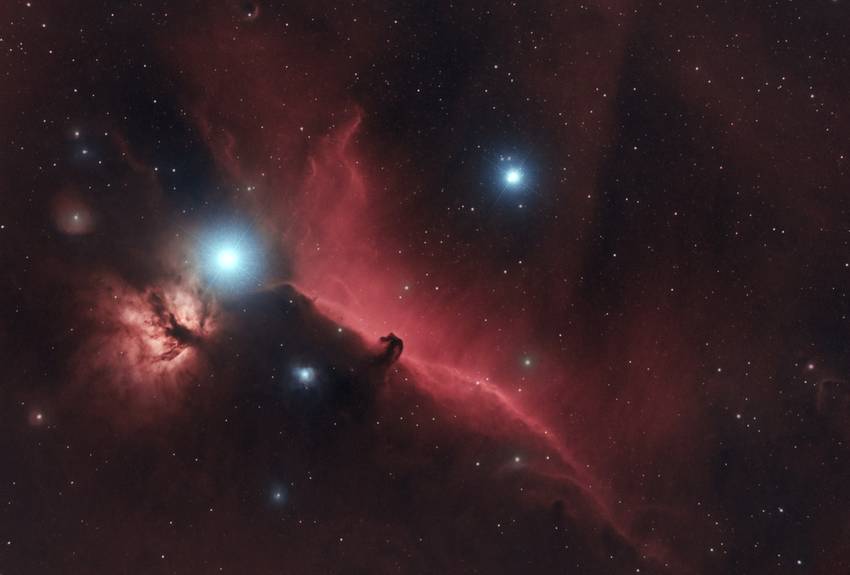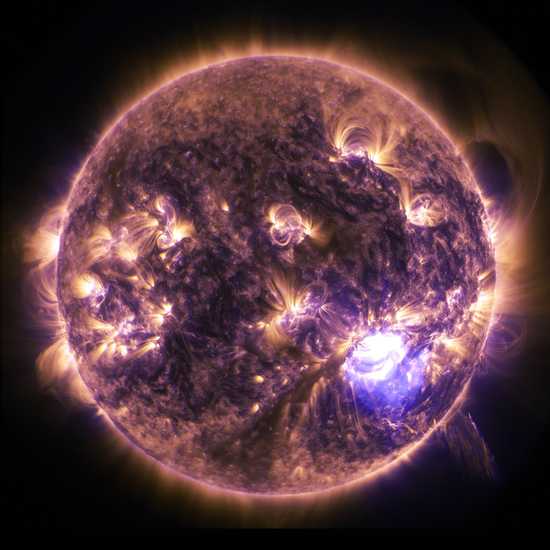What does dark matter vs dark energy? The rest of the Universe appears to made of a mysterious, invisible substance for 25 percent. Such as dark matter and a force that can repel gravity, about 70 percent, such as dark energy. The visible Universe – includes the Earth, the Sun, other stars, and galaxies. It made up of protons, neutrons, and electrons bound together into atoms. one of the most surprising discoveries of the 20th century. It was that this ordinary matter makes up less than 5 percent of the mass of the Universe.
Furthermore, Galaxies in our Universe seem to achieve impossible feats. They are spinning at such a speed that gravity generated. Their palpable mass could not hold them together. They should have broken up a long time ago. The same is true of galaxies in clusters, leading scientists to believe. That something we can’t see is at work. They think that something we have yet to detect direct gives these galaxies. The extra mass generates the extra gravity they need to stay intact. This strange and unknown matter called “dark matter” because it is not visible.
Difference between dark matter vs dark energy:

- Dark matter attracts, and dark energy repels.
- Dark matter pulls matter in, dark energy pushes it out.
- Dark energy only manifests itself on the largest cosmic scale. Dark matter affects individual galaxies and the Universe as a whole.
Types of universe substance:
The content of the Universe consists of three types are as under.
- Normal matter
- Dark matter
- Dark energy
Normal matter:
Normal matter consists of atoms. That makeup of stars, planets, humans, and all other visible objects in the Universe. As humble as it sounds, normal matter. Almost certain makes up the smallest fraction of the Universe. Somewhere between 1% and 10%. The more astronomers observed the Universe. The more matter they needed to find to explain it all. But, this matter could not made of normal atoms. Otherwise, more stars and galaxies would be visible.
Moreover, at the same time, physicists trying to further. The understanding of the forces of nature. we’re starting to believe that new and exotic particles of matter. Must be abundant in the Universe.
Dark matter:
- Dark matter is dark: it emits no light and cannot seen, so it cannot be stars or planets.
- Dark matter is not antimatter. Antimatter destroys matter on contact and produces gamma rays. Astronomers won’t detect them.
- Dark matter is not black holes. Black holes are gravitational lenses that bend light.

Furthermore, Dark matter could also exlain certain optical illusions. That astronomers see in deep space. For example, images of galaxies that contain strange rings and arcs of light. It can explained if light from even more distant galaxies distorted and magnified. By massive, invisible clouds of dark matter in the foreground. A phenomenon known as gravitational lensing.
Invisible glue:
Dark matter isn’t dark. It’s invisible. Light of all types appears to pass through as if completely transparent. But, dark matter has mass, which we see through its gravitational influence.
Galaxy cluster:
One cluster of galaxies known as the Bullet Cluster. It provides some of the best evidence we have for the existence of dark matter. This cluster consists of two smaller clusters that collided at some point in the past. During this collision, the hot gas interacted to create a shock wave like that of a bullet.
Cosmic microwaves background:
Cosmic microwave background (CMB) astronomers have determined. Dark matter makes up about 27% of the Universe. its total contribution to the total mass and energy content of the Universe.
Is dark matter strong?
There is no evidence that dark matter is capable of such a wide range of interactions. As it appears to interact only through gravity (and by some means no stronger. Than the weak interaction, although until the dark matter is better. Understood, this is only speculation).
Can you weigh dark matter?
If true, a single dark matter particle could weigh about 1 microgram, about one-third the mass of a human cell. A typical human cell weighs about 3.5 micrograms. And below the threshold for a particle to become a black hole.
Can you touch the dark matter?
When we look into space, we usually don’t know what we’re looking at. Most of what we look at we can’t even see. That’s because most of the Universe made up of mystery. virtual invisible dark matter.
Is dark matter faster than light?
It is a bit hard to wrap your head around. But shadows can move faster than the speed of light, even though nothing can move faster than the speed of light. In a second, we’ll explain exactly how this is possible without breaking the most basic law of physics.
Is a black hole a dark matter?
Primordial black holes created in the first moments. After the Big Bang tiny ones smaller than. The head of a pin and supermassive ones spanning billions of kilometers. may account for all the dark matter in the Universe.

Dark energy:
- Dark energy is a hypothetical form of energy. That exerts negative, repulsive pressure and acts as the opposite of gravity.
- Dark energy has hypothesized to account for the observational properties of distance. Type IA supernovae that show. The Universe is undergoing an accelerated period of expansion.
Furthermore, Scientists now think that the accelerated expansion of the Universe. It driven by some repulsive force generated by quantum fluctuations. In otherwise “empty” space. Moreover, the force seems to be getting stronger as the Universe expands. Without a better name, scientists call this mysterious force dark energy.
Baryon acoustic oscillations:
They are also using thousands of galaxies to map sound waves. called baryon acoustic oscillations (BAOs). Which originated when the Universe was young and stretched. Out as the Universe expanded. Furthermore, CMB measurements show that dark energy. It contributes about 68% of the total energy content of the Universe.
Component of dark energy:
There are two proposed forms of dark energy.
- The cosmological constant
- It represents a constant energy density. that fills space and a scalar field such as quintessence or moduli.
Dynamic quantities:
The dynamic quantity with an energy density varies in time and space.
Is dark energy quicker than light?
It is a bit hard to wrap your head around. But shadows can move faster than the speed of light, even though nothing can move faster than the speed of light. In a second, we’ll explain exactly how this is possible without breaking the most basic law of physics.
Is dark energy infinite?
Dark energy has a finite density. Approximately 68% of the total energy density of the Universe. For simplicity, we assume a Hubble constant H and our cosmological. The event horizon is at the distance c/H (c = speed of light). Since c/H is finite, the total dark energy in our observable Universe is finite.
Important about dark energy:
Dark matter makes up most of the mass of galaxies and galaxy clusters. And handlers how galaxies organized on a large scale. Dark energy, meanwhile, is the name we call the mysterious influence of driving. The accelerated expansion of the Universe.
What is common in either dark matter or dark energy?
Dark energy may have its particle, although there is little evidence of one. Instead, dark matter and energy appear to be competing forces in our Universe. The only thing they seem to have in common is that they were both created in the big bang, and both remain mysterious.
Conclusion:
You understand this article about dark matter vs dark energy. The importance of dark matter is to understand the size, shape, and future of the Universe. The amount of dark matter in the Universe will determine. Whether the Universe is open (continues to expand). Closed (expands to a point and then collapses). Or flat (expands and then stops when it reaches equilibrium). As well as the Dark energy is the name given to the mysterious force. That causes the rate of expansion of our Universe to speed up, not slow down, over time.

